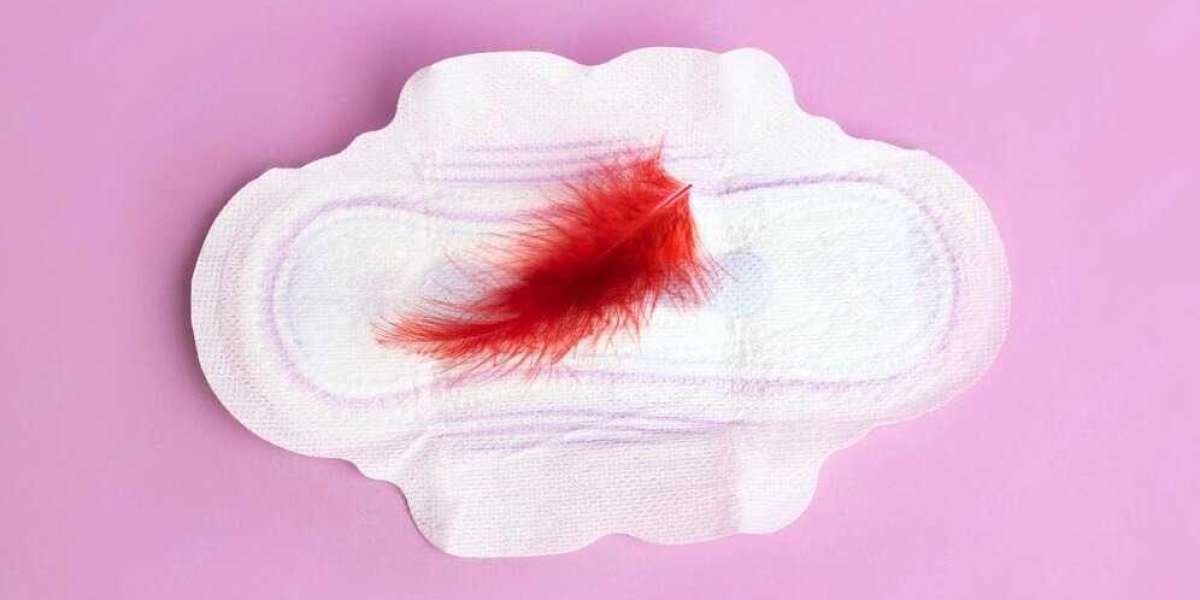3D printing is an incredible technology that allows for the creation of complex and customized objects. However, one common issue that many enthusiasts encounter is warping. Warping can ruin an otherwise perfect print, leading to frustration and wasted materials. This article will delve into effective 3d-print-warping-fixes to help you achieve better results.
Understanding Warping in 3D Printing
Warping occurs when the edges of a 3D print lift and curl away from the print bed. This happens due to uneven cooling of the material, causing internal stresses. But what can be done to prevent this?
Optimizing Bed Adhesion
One of the primary 3d-print-warping-fixes is improving bed adhesion. Ensuring that your print sticks well to the bed can significantly reduce warping.
- Use a heated bed: A heated bed helps in maintaining the temperature of the print's base, reducing the chances of warping.
- Apply adhesive materials: Glue sticks, hairspray, or specialized 3D printing adhesives can enhance bed adhesion.
- Adjust bed leveling: Proper bed leveling ensures uniform contact between the print and the bed.
Temperature Control
Temperature plays a crucial role in preventing warping. How can you manage it effectively?
- Maintain a consistent ambient temperature: Avoid drafts and sudden temperature changes in your printing environment.
- Optimize nozzle temperature: Ensure that the nozzle temperature is appropriate for the filament you are using.
- Use an enclosure: An enclosure can help maintain a stable temperature around the print.
Filament Selection
Different filaments have varying tendencies to warp. Choosing the right filament can be one of the most effective 3d-print-warping-fixes.
PLA is less prone to warping compared to ABS, making it a good choice for beginners.
However, if you need to use materials like ABS, consider using a heated bed and an enclosure to mitigate warping.
Advanced Techniques
For those looking to delve deeper into 3d-print-warping-fixes, advanced techniques can be highly effective.
- Brims and Rafts: Adding a brim or raft can increase the surface area of the print's base, improving adhesion.
- Chamber Heating: Some advanced 3D printers come with heated chambers that maintain a consistent temperature throughout the print.
- Software Adjustments: Adjusting settings like print speed, layer height, and cooling fan speed in your slicing software can also help.
Conclusion
Warping is a common issue in 3D printing, but with the right 3d-print-warping-fixes, it can be effectively managed. By optimizing bed adhesion, controlling temperature, selecting the right filament, and employing advanced techniques, you can significantly reduce warping and improve your 3D printing results.
Recommended Products
For those looking to enhance their 3D printing experience, consider using products like the Adhesive Spray for better bed adhesion.

Watch This Video for More Tips
Check out this video for additional tips on preventing warping in your 3D prints:



